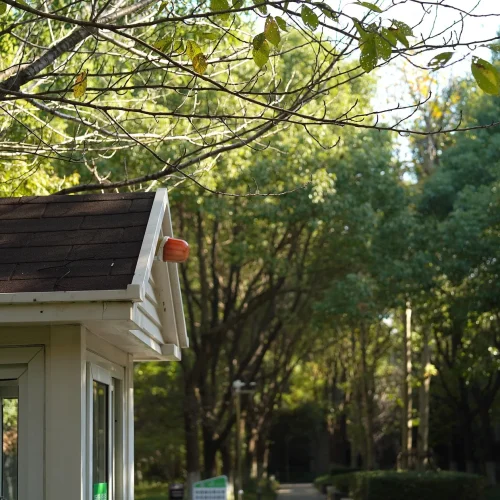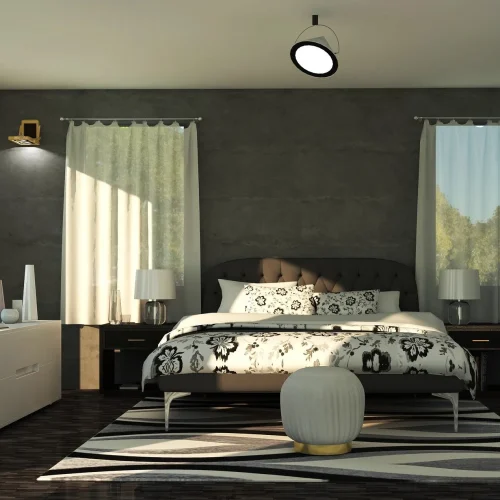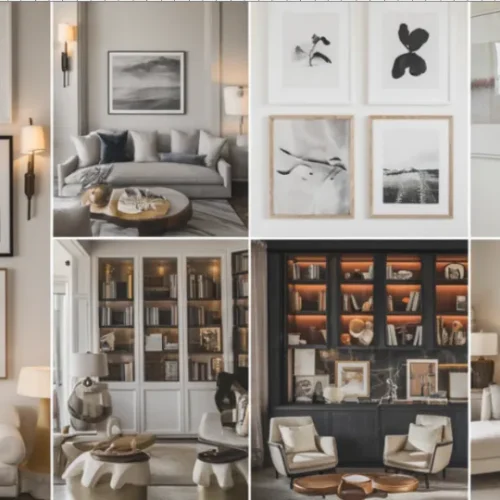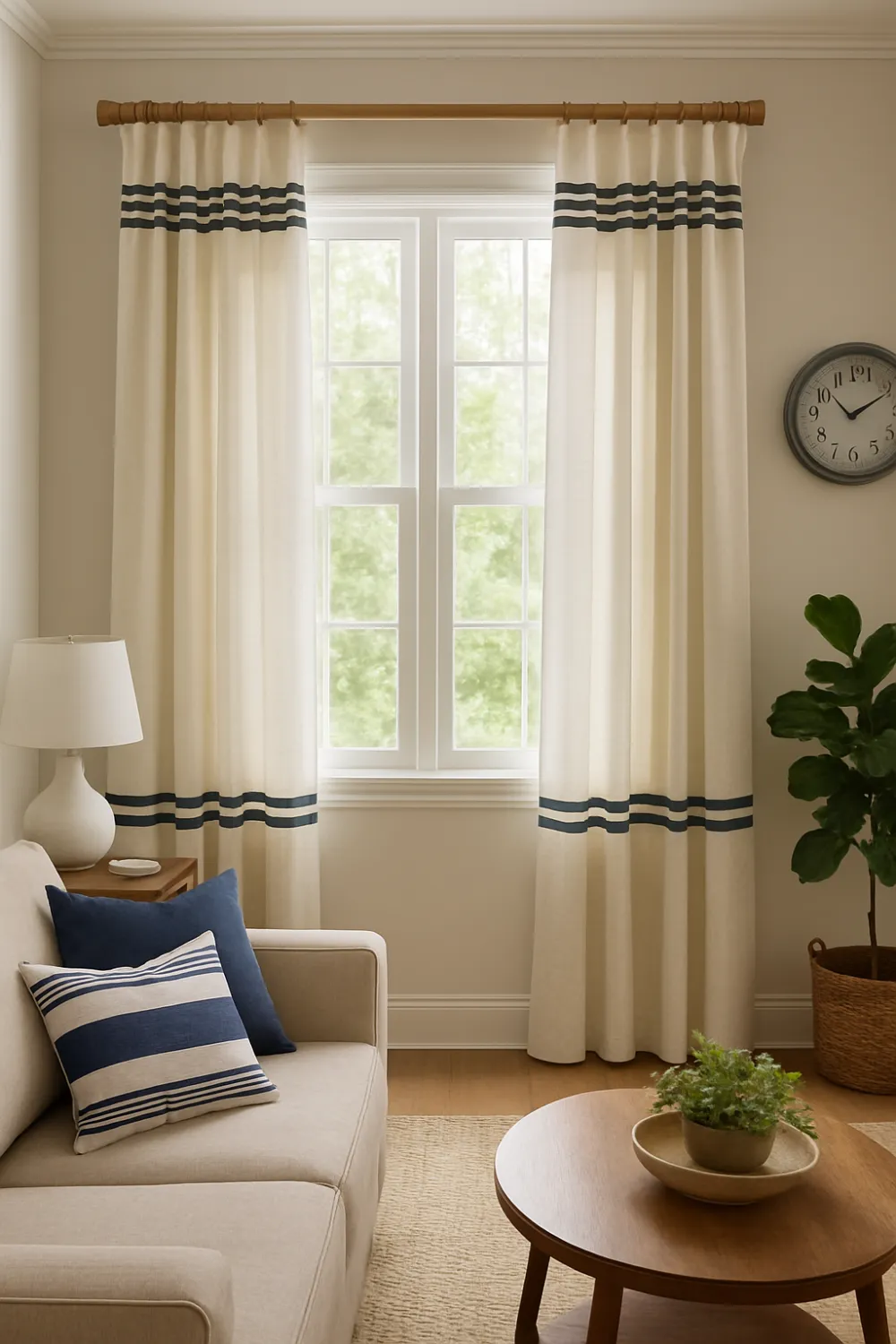
Curtains can transform a room. They soften edges, bring in texture, and add color or pattern that completely changes the vibe. But here’s the thing—no matter how beautiful your fabric is, if your hardware steals the show in the wrong way, the whole look can fall flat. That’s why so many homeowners and decorators search for ways on how to hide curtain ring clips. It’s a small tweak, but it makes a surprisingly big difference in creating a polished, elevated look.
Whether you love a clean, tailored aesthetic or just want to disguise those little metal grips, there are clever tricks to conceal them while still keeping your curtains functional. Let’s dive into the best methods, budget-friendly hacks, and styling tips so you can finally enjoy curtains that look like they were custom-made for your space.
Why Hide Curtain Ring Clips?
Curtain ring clips are handy. They make panels easy to hang, adjust, and move along the rod. But let’s be honest—sometimes they’re an eyesore. Instead of your gorgeous linen or velvet panels being the star, all you notice are those shiny little clamps.
Here’s why learning how to hide curtain ring clips is worth your time:
- A polished finish: Concealing the clips makes curtains look built-in and tailored rather than a quick DIY fix.
- A higher-end look: Custom drapery usually hides hardware. Mimicking that trick instantly upgrades your space.
- Style consistency: If your room leans modern, minimalist, or elegant, exposed clips might feel out of place.
Of course, in certain styles (farmhouse, industrial, or eclectic), visible clips can add charm—but if seamless sophistication is what you’re after, hiding them is key.
Different Methods to Hide Curtain Ring Clips
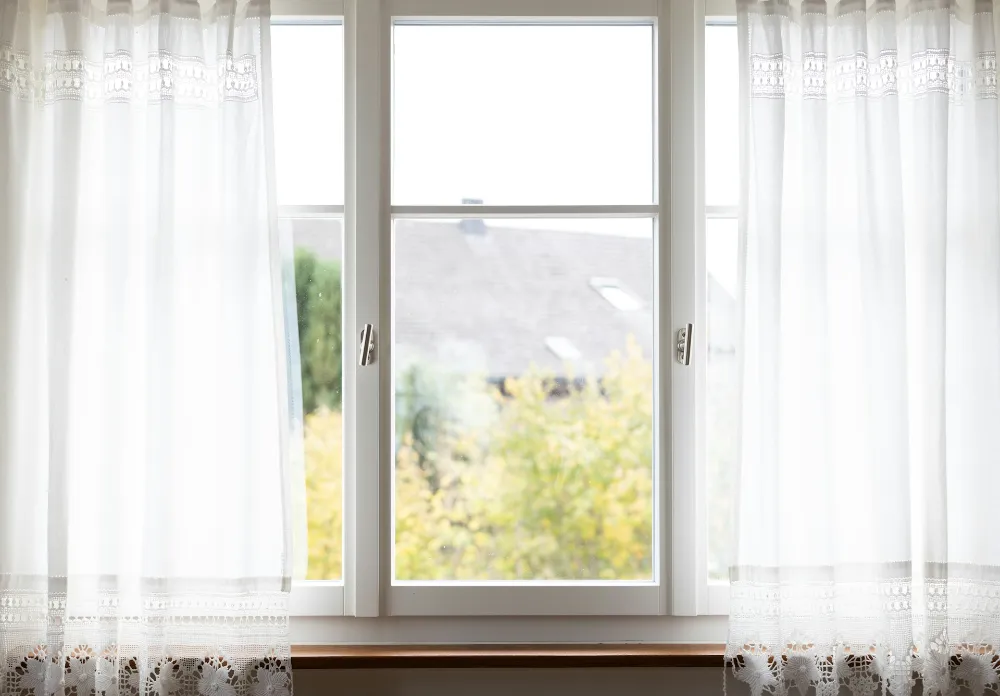
There’s no one-size-fits-all answer. The right method depends on the type of curtains you own, your budget, and how often you open or close them. Below are tried-and-true strategies that decorators swear by.
Use Curtain Pleats
Pleats are your best friend when it comes to disguising hardware. If you’re using pinch pleats, tailored pleats, or even simple folds, you can attach the clip inside the pleat rather than on the front edge.
- How it works: Fold the fabric where you want the pleat, then secure the clip behind that fold. The front fabric cascades over the clip, making it invisible.
- Best for: Formal rooms, dining spaces, or anywhere you want a neat, structured look.
- Pro tip: Space pleats evenly for balance. Nine clips per panel is usually the sweet spot.
Attach Clips Behind the Curtain Header
Instead of clipping at the very top edge of your panel, try moving the clip one or two inches down on the backside. The extra fabric at the top folds over, hiding the clip completely.
- Why it works: This trick creates a mini “faux tab” look that looks intentional.
- Best for: Casual, relaxed styles where you don’t want to commit to sewing hidden tabs.
- Bonus: It can help “cheat” curtain length by dropping the panel slightly lower.
Try Hidden Tab or Rod Pocket Panels
Some curtains are designed to hide hardware. Hidden tabs, for example, have fabric loops sewn into the back, creating an illusion that the curtain is floating on the rod. Rod pockets, on the other hand, slide the rod through a sewn-in sleeve.
- Hidden tabs: Great for a modern, tailored look. Works well with linen and cotton.
- Rod pockets: Best for a traditional or dressy style. Keep in mind they’re harder to slide open daily.
- Pro tip: If you already have clip rings, you can retrofit hidden tabs by sewing strips of ribbon onto the back of your curtains.
Add Trim or Curtain Tape
Want to make your curtains look custom without a seamstress? Add decorative trim or curtain tape along the top edge.
- Trim tape: Sew or glue a wide fabric trim across the header to conceal where clips attach.
- Curtain tape: A stiff header tape can reinforce folds while masking the clips.
- Design bonus: Trim introduces a fun accent—think velvet ribbon on linen, or patterned braid on solid drapes.
This method hides the clips and creates a luxe designer detail at the same time.
Budget-Friendly Hacks
Not ready to buy new curtains or hire a workroom? Good news: there are DIY shortcuts to hide curtain ring clips without spending much.
- Target, Lowe’s, or IKEA rings: These affordable options often come in multipacks and look chic once hidden.
- Strategic folding: Simply fold the top fabric over the clips before hanging. It costs nothing and makes a big impact.
- Longer curtains: If your panels pool slightly at the bottom, you can afford to clip lower on the backside, using fabric length to cover hardware.
These little cheats let you master how to hide curtain ring clips without reworking your entire window setup.
Practical Tips for Hanging Curtains
Even if you hide the clips, the way you hang your curtains overall determines the final effect. Keep these practical guidelines in mind:
- Hang high and wide: Mount rods 4–6 inches above the window frame (or even closer to the ceiling) to elongate the room. Extend rods past the window by 6–10 inches on each side.
- Space clips evenly: For balanced folds, use nine clips per standard-width panel. Fold the fabric in quarters, then clip at each fold for precision.
- Match clip strength to fabric weight: Heavy velvet may require drapery pins, while lighter linen works fine with standard clips.
Remember: curtains are like tailored clothing for your windows. A little adjustment in fit makes a world of difference.
When Not to Hide Curtain Clips
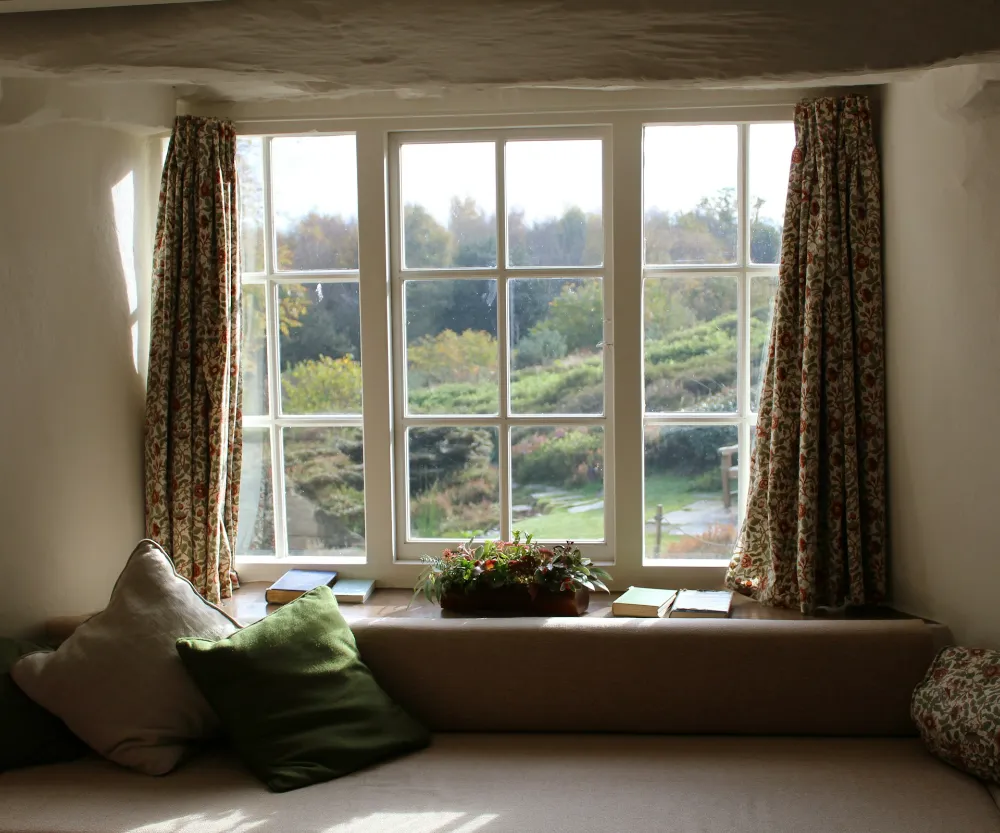
Sometimes, showing off the clips is exactly the right design choice. Here’s when you might embrace them instead of hiding them:
- Farmhouse or cottage style: Black metal rings against white linen can look rustic and charming.
- Industrial spaces: Exposed hardware fits the raw, edgy vibe.
- Casual rooms: Family rooms or kids’ playrooms benefit from easy-to-move panels where looks take a back seat to function.
If you love a relaxed look, let the clips stay visible. But if sophistication is your goal, go ahead and disguise them.
Final Thoughts
Mastering how to hide curtain ring clips isn’t about following strict rules—it’s about choosing the method that fits your style, budget, and room function. Maybe you’ll tuck clips behind pleats for a tailored dining room, or simply clip an inch lower to create a casual faux-tab effect in the living room. The beauty is that you don’t need new curtains or expensive hardware—just a few styling tweaks.
At the end of the day, curtains aren’t just fabric on a rod. They frame your view, set the mood, and define your space. So give them the finishing touch they deserve. Hide those clips when you want polish, show them off when you want charm, and most of all, make the look your own.



